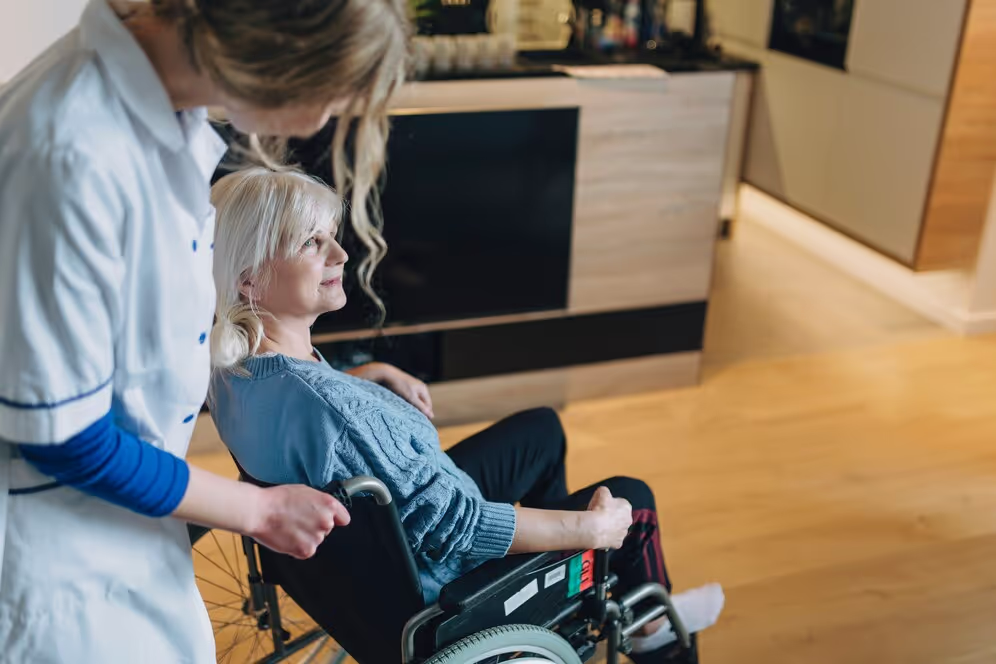Unveiling the Wonders of Massage Therapy
Discover the benefits of senior massage therapy, enhancing well-being for elderly individuals and their caregivers.
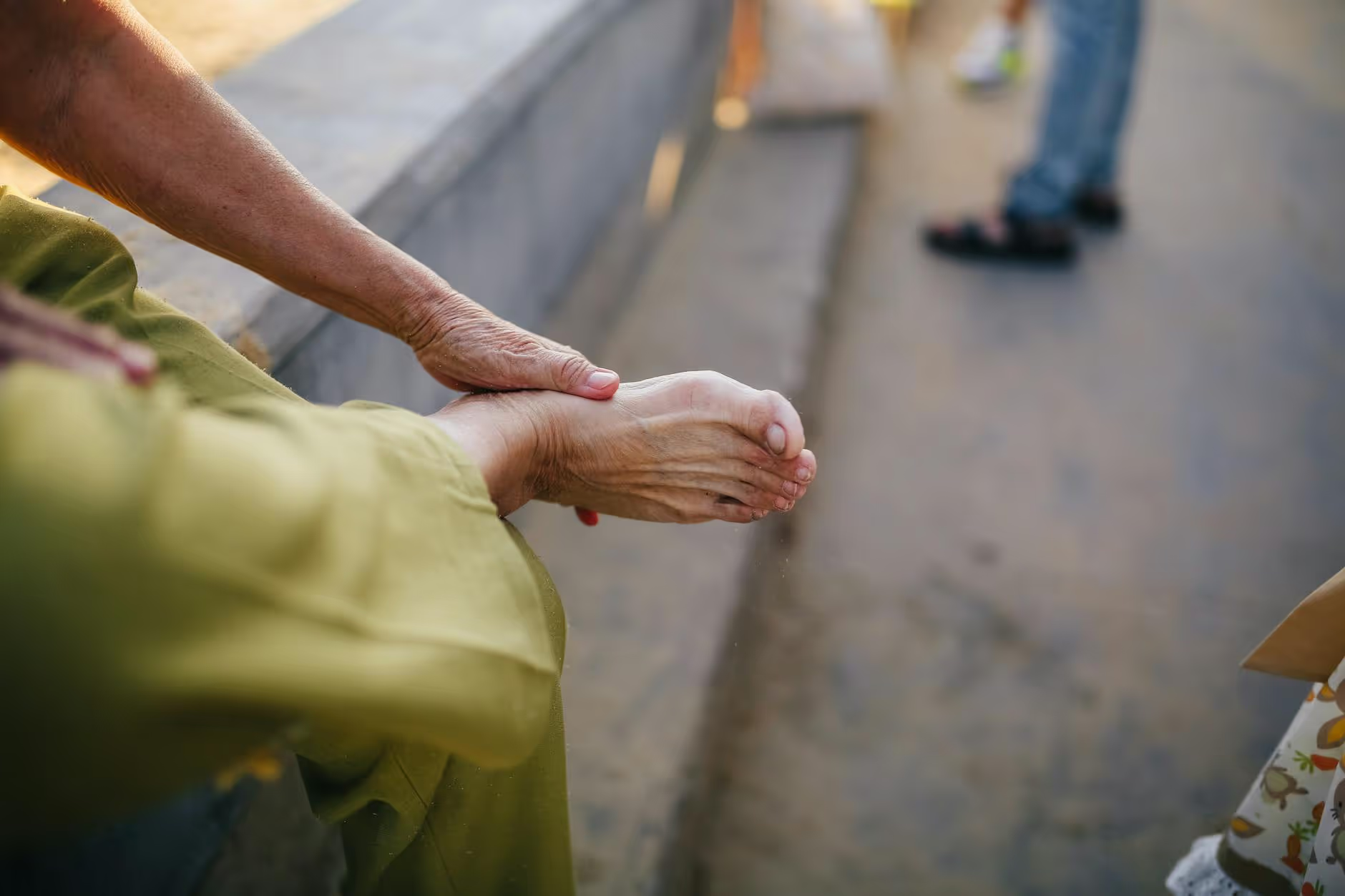
Benefits of Senior Massage Therapy
Massage therapy offers numerous advantages for seniors, enhancing both physical and emotional well-being. Understanding these benefits can help elderly individuals and caregivers recognize the importance of incorporating massage into their health routines.
Improving Mood and Stress Levels
Geriatric massage can significantly improve mood and reduce stress. Studies have shown that therapeutic massage is effective in reducing stress, muscle tension, and pain. This form of therapy stimulates the nervous system, promoting the release of essential hormones and neurotransmitters, such as endorphins, serotonin, and dopamine [2].
Regular massage sessions can lead to an increase in endorphin levels, which are natural mood lifters. This boost not only enhances emotional well-being but may also encourage seniors to engage in physical activities more enthusiastically.
| Benefit | Effect |
|---|---|
| Improved Mood | Increased endorphin levels |
| Reduced Stress | Lowered muscle tension |
| Enhanced Engagement | Increased motivation for physical activities |
Alleviating Pain and Discomfort
One of the most notable benefits of senior massage therapy is the alleviation of pain and discomfort. Massage has been shown to relieve various types of pain, which is particularly beneficial as the body ages and may experience chronic pain conditions. Therapeutic massage helps to reduce muscle aches and tension while promoting relaxation.
According to Healthline, massage therapists tailor their techniques based on the individual's health needs, offering customized care to help manage discomfort effectively. This personalized approach not only addresses pain but also supports a better quality of life for seniors.
| Condition | Benefit |
|---|---|
| Chronic Pain | Relief through muscle tension reduction |
| Joint Discomfort | Enhanced mobility and flexibility |
| Stress-Related Pain | Decreased overall pain perception |
Enhancing Circulation and Flexibility
Another important benefit of massage therapy for seniors is the enhancement of circulation and flexibility. Improved blood circulation resulting from massage helps deliver oxygen and nutrients to the muscles and tissues, promoting overall health.
Better circulation can also support the management of conditions such as diabetes and hypertension. Additionally, regular massage can enhance flexibility, allowing seniors to maintain their range of motion. This improvement contributes to more active lifestyles and better overall mobility.
| Benefit | Description |
|---|---|
| Enhanced Circulation | Improved oxygen and nutrient delivery |
| Increased Flexibility | Better mobility and range of motion |
| Health Management | Support for chronic conditions like diabetes |
Incorporating senior massage therapy into regular wellness routines can provide profound benefits, from enhancing emotional well-being to alleviating physical discomfort. Sensitivity to individual needs and health circumstances is essential for maximizing these advantages.
Considerations for Senior Massage
When it comes to senior massage therapy, it is essential to address several factors to ensure the treatment is both effective and safe for elderly individuals. This section covers health considerations, cost and insurance coverage, and how to tailor massage techniques for seniors.
Health Factors to Consider
Geriatric massage is designed specifically for older adults. It takes into account many elements that can influence an aging body, such as overall health, medical conditions, and medication use. The following health factors should be evaluated before engaging in massage therapy:
| Health Factor | Consideration |
|---|---|
| Overall Health Status | Assess current medical conditions and overall fitness. |
| Medications | Review current medications to determine any contraindications or interactions. |
| Skin Condition | Evaluate skin for sensitivity, dryness, or other conditions. |
| Pain Threshold | Understand the individual's comfort levels regarding pressure and pain. |
| Temperature Regulation | Consider personal comfort with room temperature during the session. |
Geriatric massage therapists will ensure the massage experience is safe and effective by considering these factors [4].
Cost and Insurance Coverage
The cost of a typical geriatric massage can vary. Prices for a one-hour session generally range from $50 to $90 [4]. It is important to budget accordingly for regular sessions, as they can be a valuable part of senior care.
Insurance considerations are also important. Currently, massage therapy is not covered by Medicare parts A and B, which means it may be an out-of-pocket expense for individuals. Some patients may find partial coverage under Medicare part C, depending on their individual plan [4]. It’s advisable to consult with the insurance provider and inquire about any potential reimbursement options.
Tailoring Massage for Seniors
Tailoring massage therapy for elderly clients is vital for maximizing benefits. Techniques should be adjusted based on individual needs and health circumstances. Some ways to tailor massage include:
- Adjusting Pressure: Use lighter pressure for those with sensitive skin or conditions like osteoporosis.
- Length of Session: Consider shorter sessions for seniors who may become fatigued easily.
- Technique Modification: Opt for gentler techniques like Swedish massage or other less intense methods when appropriate.
- Focus Areas: Identify specific areas of discomfort or tension and concentrate on those.
Employing these adjustments helps create a personalized experience that addresses the unique needs of seniors, enhancing overall well-being. For further resources on improving seniors' health, check out our articles on geriatric occupational therapy, elderly sleep disorder treatment, and elderly fall recovery programs.
Health Benefits of Massage for Seniors
Massage therapy can be incredibly beneficial for seniors, addressing both physical and emotional health needs. In this section, we will explore three significant health benefits of senior massage therapy: the reduction of stress and anxiety, the promotion of sleep quality, and the boosting of emotional well-being.
Reduction of Stress and Anxiety
Massage therapy has been shown to decrease stress levels in the body and lessen the negative effects of anxiety, depression, and digestive disorders among seniors [5]. The therapeutic techniques used in massage stimulate the nervous system, facilitating the release of hormones and neurotransmitters crucial for well-being, such as endorphins, serotonin, and dopamine [6].
| Health Aspect | Impact |
|---|---|
| Stress Reduction | Significantly lowers mental and physical stress levels |
| Anxiety Relief | Decreases symptoms of anxiety disorders |
| Hormonal Balance | Enhances release of endorphins and serotonin |
Promotion of Sleep Quality
Seniors often struggle with sleep disorders, which can affect their overall quality of life. Regular massage sessions have demonstrated a positive effect on sleep quality, providing deep relaxation and reducing the physical tension that can inhibit restful sleep. Therapeutic massage helps relax tight muscles, alleviating muscle stiffness and allowing smoother movements, thus enabling older adults to sleep more comfortably [7].
| Sleep Quality Factors | Benefits |
|---|---|
| Muscle Relaxation | Reduces tension that disrupts sleep |
| Psychological Well-being | Improves mental relaxation for better sleep |
| Comfort | Eases physical discomfort that interrupts sleep |
Boosting Emotional Well-Being
Regular massage therapy can significantly uplift emotional health by increasing endorphin levels, the body’s natural mood lifters. This can enhance emotional well-being, making it easier for seniors to engage in physical activities with enthusiasm. The reduction in stress and anxiety also contributes to a more positive emotional state, further enriching the lives of older adults.
| Emotional Benefits | Description |
|---|---|
| Endorphin Increase | Natural boost to mood and energy levels |
| Reduced Anxiety | Lessens feelings of unease and promotes relaxation |
| Enhanced Engagement | Encourages participation in social and physical activities |
Incorporating senior massage therapy not only promotes better physical health but can also have profound effects on emotional and psychological well-being. These benefits highlight the importance of considering massage as part of a comprehensive approach to senior care. For more resources on related topics, explore our pages on senior sleep disorder treatment and geriatric occupational therapy.
Techniques in Senior Massage Therapy
Senior massage therapy includes various techniques tailored to meet the unique needs of elderly clients. Different methods can provide numerous benefits in terms of relaxation, pain relief, and overall well-being.
Swedish Massage
Swedish massage is a gentle form of massage that focuses on relaxation and the enhancement of circulation. It incorporates long, flowing strokes, kneading, and circular movements on the top layers of muscles. For elderly clients, sessions may be shorter and designed to maintain a gentler pace, especially for individuals dealing with specific health conditions, such as Parkinson's disease, diabetes, or osteoporosis.
| Key Features of Swedish Massage | Benefits |
|---|---|
| Long strokes and gentle pressure | Induces relaxation |
| Improves circulation | Promotes better blood flow |
| Often used for stress relief | Reduces anxiety levels |
Deep Tissue Massage
Deep tissue massage targets the deeper layers of muscle and connective tissue. It is particularly effective for alleviating muscle stiffness and tightness that can impact mobility in older adults. This technique encourages flexibility and allows for smoother movements. Additionally, combining deep tissue therapy with complementary relaxation methods, such as Tai Chi or meditation, can enhance its positive impacts on seniors [5].
| Key Points of Deep Tissue Massage | Benefits |
|---|---|
| Focuses on muscle tension relief | Decreases pain and stiffness |
| Helps restore range of motion | Enhances mobility |
| Can be integrated with other therapies | Offers a holistic approach |
Trigger Point Therapy
Trigger point therapy involves identifying and releasing tight areas within muscle tissue. This technique is beneficial for reducing pain, stress, and muscle tension. According to the American Massage Therapy Association, 88% of individuals recognize the health benefits of massage. Therapeutic techniques like this one play a vital role in promoting overall health and emotional well-being among seniors [5].
| Key Aspects of Trigger Point Therapy | Benefits |
|---|---|
| Targets specific tight spots in muscles | Provides localized pain relief |
| Alleviates chronic stress and tension | Enhances relaxation |
| Recognized as beneficial for overall health | Encourages holistic wellness |
Incorporating these massage techniques into a senior care routine can yield significant benefits, improving both physical and emotional well-being. Caregivers and elderly individuals can explore these options to find the most suitable method for their needs and preferences.
Preparing for a Senior Massage
Getting ready for a senior massage therapy session involves several steps that ensure both comfort and safety. These include mental and physical preparation, effective communication with the massage therapist, and proper post-massage care.
Mental and Physical Preparation
Before a massage, it is important for seniors to both mentally and physically prepare themselves. Engaging in light stretches can help relax the muscles, while staying hydrated is crucial for muscle function and comfort. This preparation lays the groundwork for a more effective and enjoyable session.
| Preparation Step | Description |
|---|---|
| Hydration | Drink plenty of water before the session to keep muscles hydrated. |
| Light Stretching | Gentle stretching can help relieve tension and prepare the body. |
| Mindset | Approach the session with a relaxing mindset to enhance the experience. |
Communication with the Massage Therapist
Clear communication between the senior and the massage therapist is essential. Discussing any specific health concerns, areas of discomfort, or personal preferences allows the therapist to tailor the content of the session effectively. Seniors should not hesitate to express their needs, whether that includes adjusting pressure levels or requesting specific techniques.
| Communication Tips | Importance |
|---|---|
| Share Health History | Discuss any existing health issues or medications. |
| Specify Areas of Focus | Identify specific muscles or regions needing attention. |
| Request Technique Preferences | Clarify any preferred massage techniques (e.g., Swedish, deep tissue). |
Post-Massage Care
After a massage, seniors should engage in proper care to maximize the benefits of the session. Hydrating post-massage is vital, as it helps flush out toxins released during the treatment. Gentle movements or walking can assist in integrating the benefits. Seniors may also consider participating in relaxation techniques such as deep breathing or meditative practices to further enhance their experience.
| Post-Massage Care | Description |
|---|---|
| Hydration | Continue drinking water to rehydrate the body. |
| Gentle Movement | Light walking can help maintain flexibility. |
| Relaxation Techniques | Consider senior meditation classes or deep breathing exercises to enhance relaxation. |
By following these steps, seniors can ensure a safe and beneficial experience during their massage therapy sessions. Further resources are available to discuss related topics such as geriatric occupational therapy.
Safety Tips for Senior Massage
When considering senior massage therapy, safety is paramount. There are several key factors to ensure that the experience is both safe and beneficial for older individuals.
Health Assessment and Skin Sensitivity
Before beginning any massage, a thorough health assessment is essential. Geriatric massage therapists take into consideration the overall health status, existing health conditions such as arthritis, diabetes, or heart issues, current medications, and the client's skin condition and pain threshold. Sensitive skin is common among seniors, so lower pressure and gentler techniques may be necessary.
It's important for therapists to tailor the massage to accommodate these factors. Sessions may need to be shorter and less intense, especially for clients with specific health concerns like Parkinson's disease or osteoporosis.
Proper Positioning and Support
Ensuring proper positioning and support during the massage is crucial for comfort and safety. Therapists should provide supportive pillows and cushions to help align the body correctly and reduce strain on joints. Specific adjustments may be needed for clients with mobility issues or chronic pain. This not only enhances comfort but also helps prevent injury during the session.
| Positioning Tips | Description |
|---|---|
| Use of Cushions | Supports areas like lower back and neck |
| Adjust Table Height | Makes it easier for clients to get on and off |
| Side-Lying Position | Ideal for those with limited mobility |
Room Environment and Hydration
The environment in which the massage takes place should be warm and inviting. Maintaining a comfortable room temperature helps prevent discomfort, especially for seniors who may have difficulty regulating their body temperature.
Additionally, encouraging clients to stay hydrated before and after the massage is vital. Proper hydration can aid in muscle recovery and overall well-being. Providing water or herbal tea after the session can be a simple yet effective way to promote hydration and enhance the overall experience.
Incorporating these safety tips into senior massage therapy will help ensure that the sessions are not only enjoyable but also beneficial for overall health and wellness. For more insights on techniques used in such therapies, see our articles on geriatric occupational therapy and elderly sleep disorder treatment.
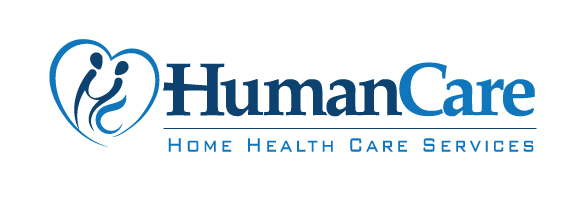

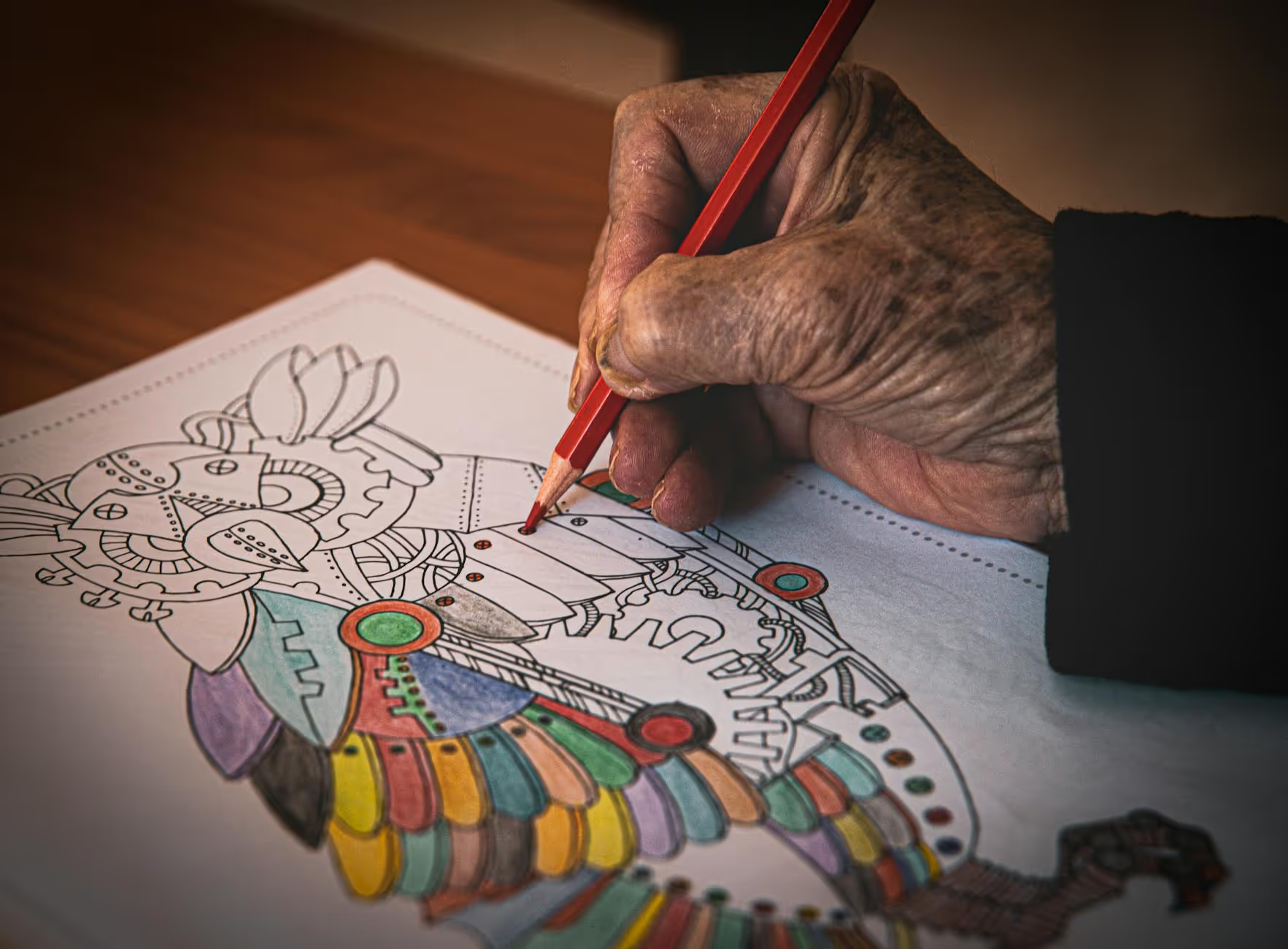
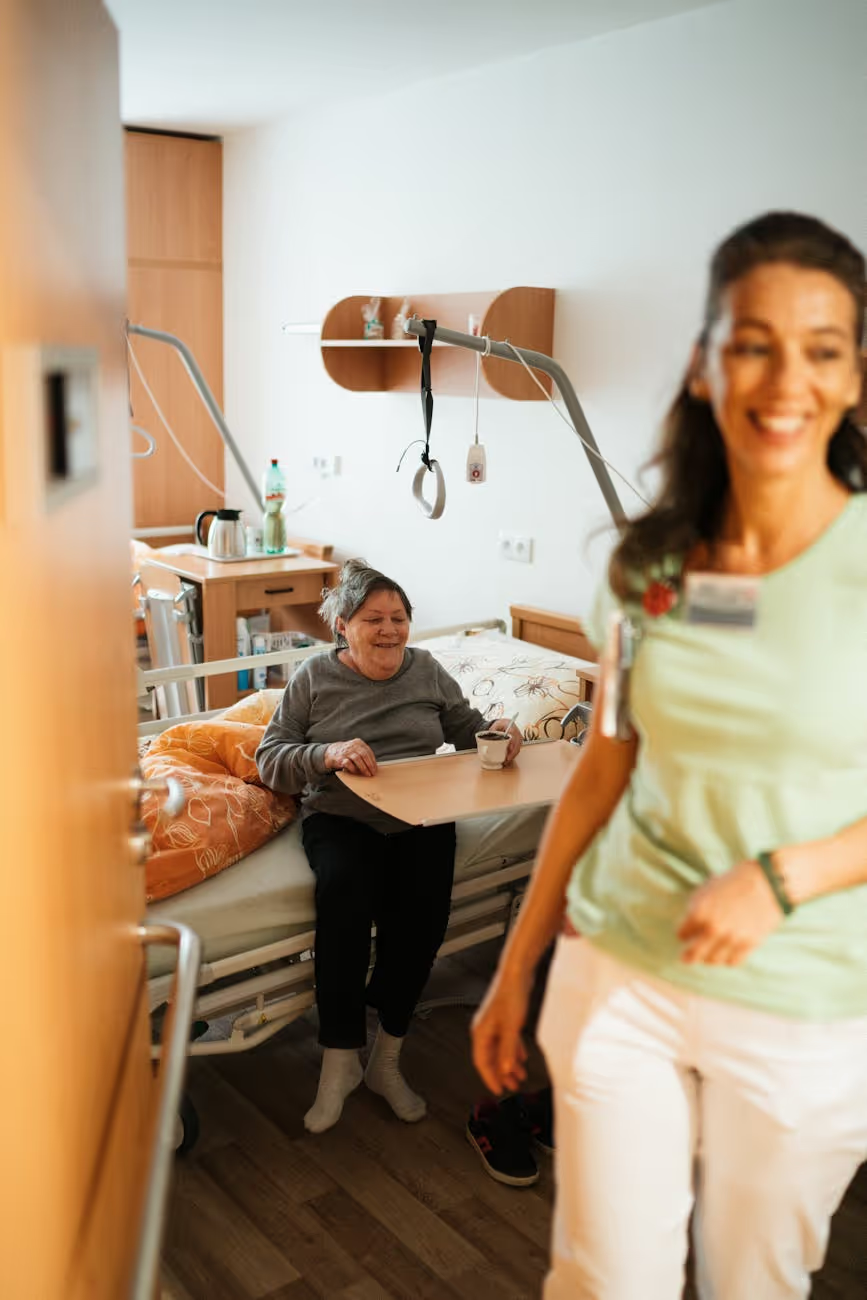
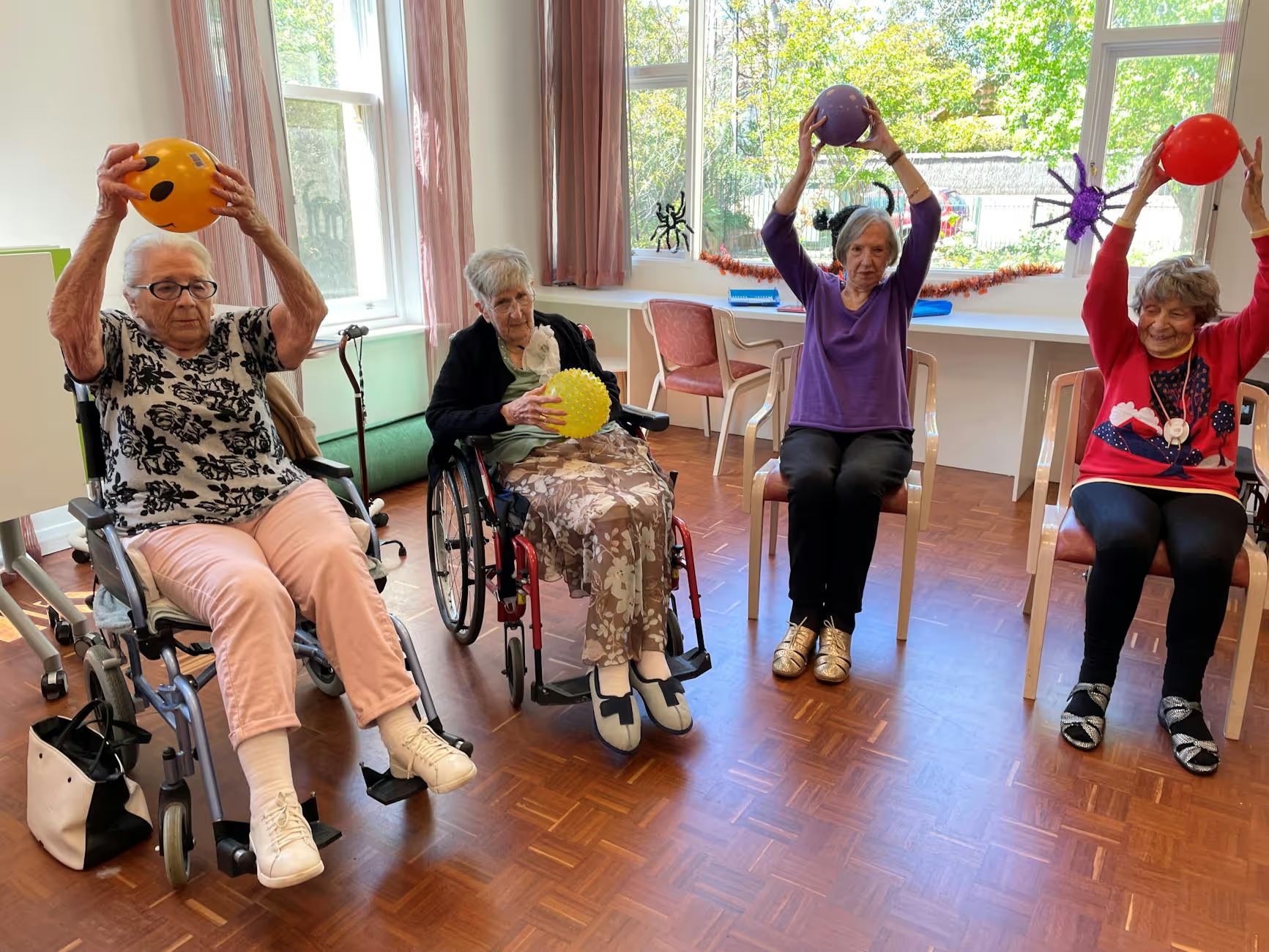

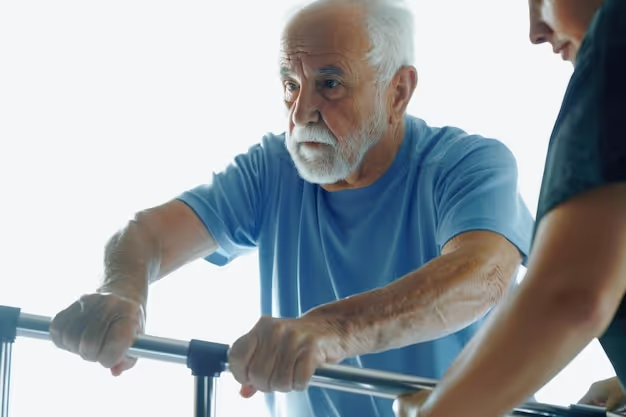
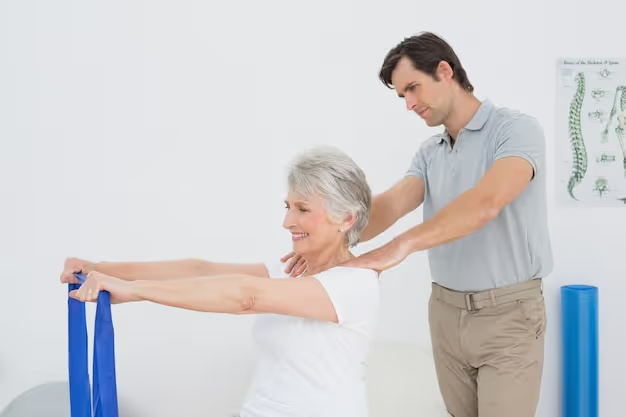
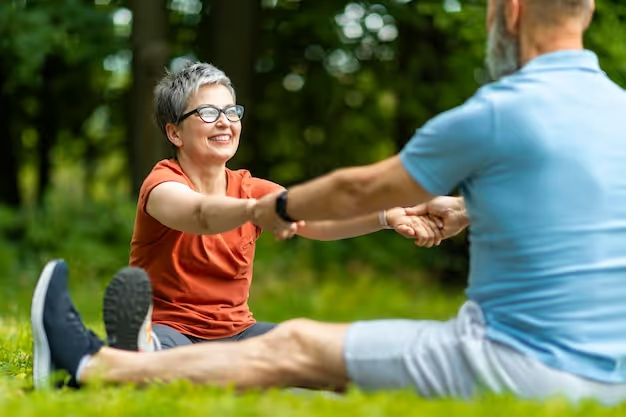



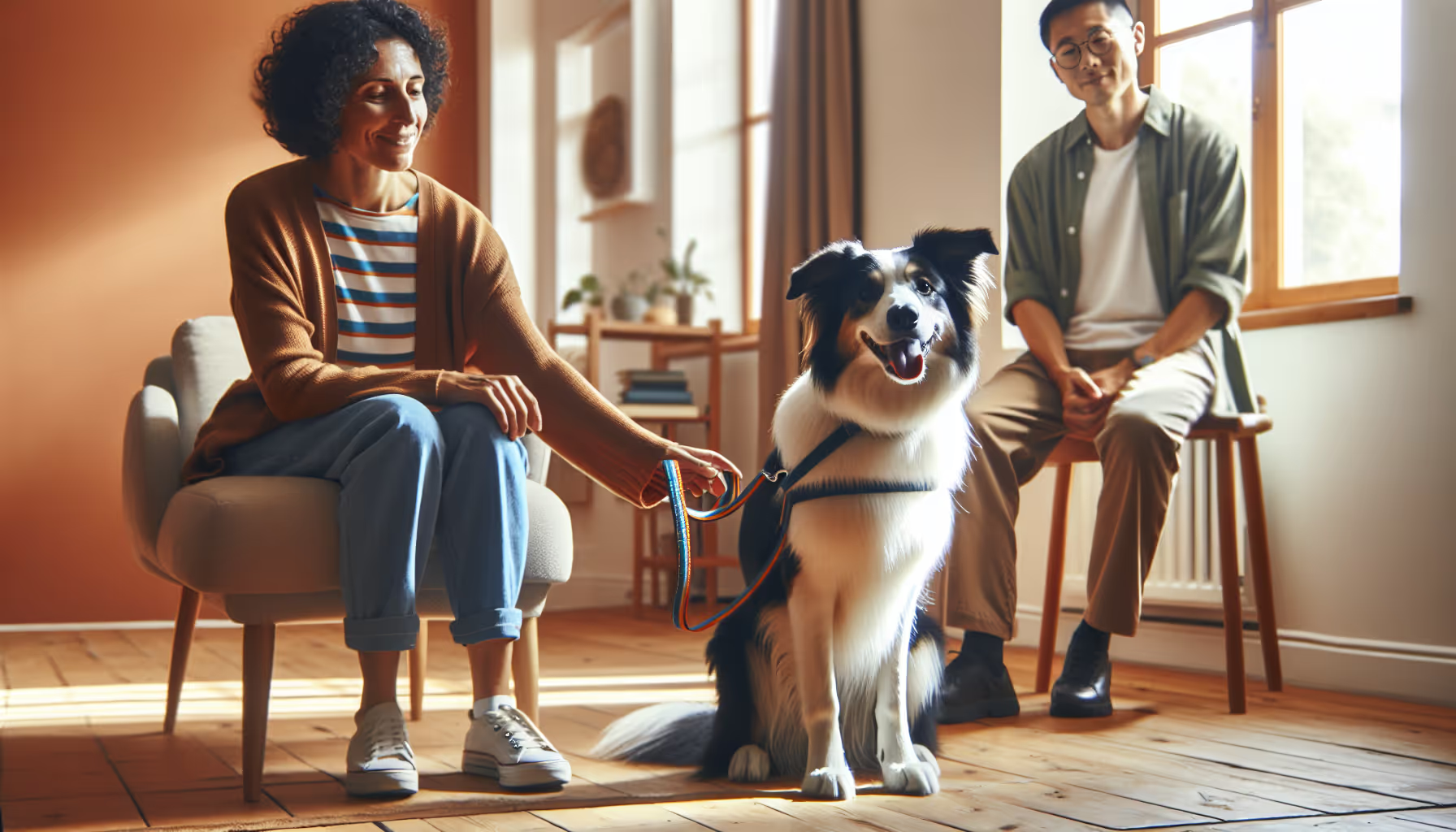

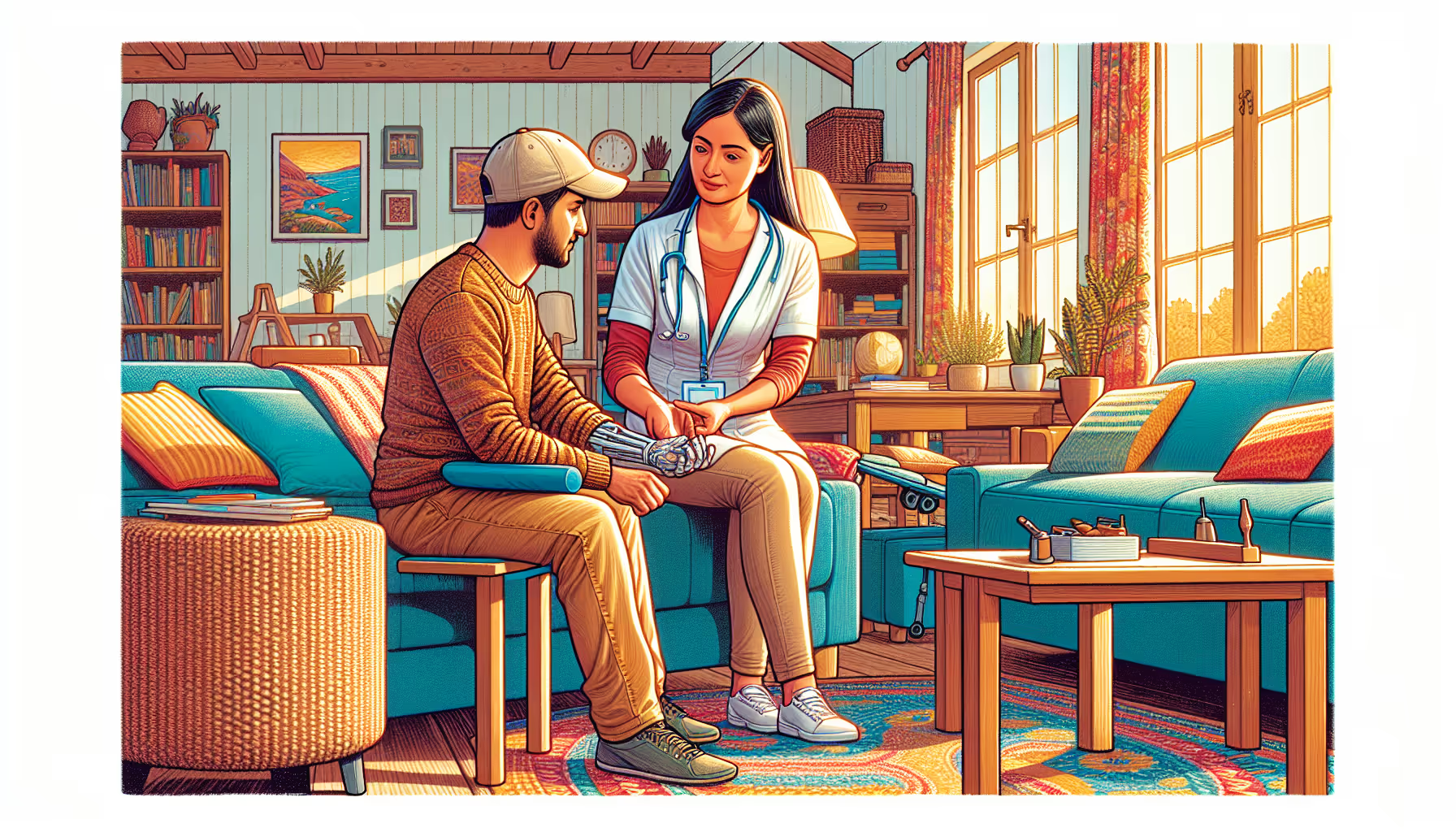




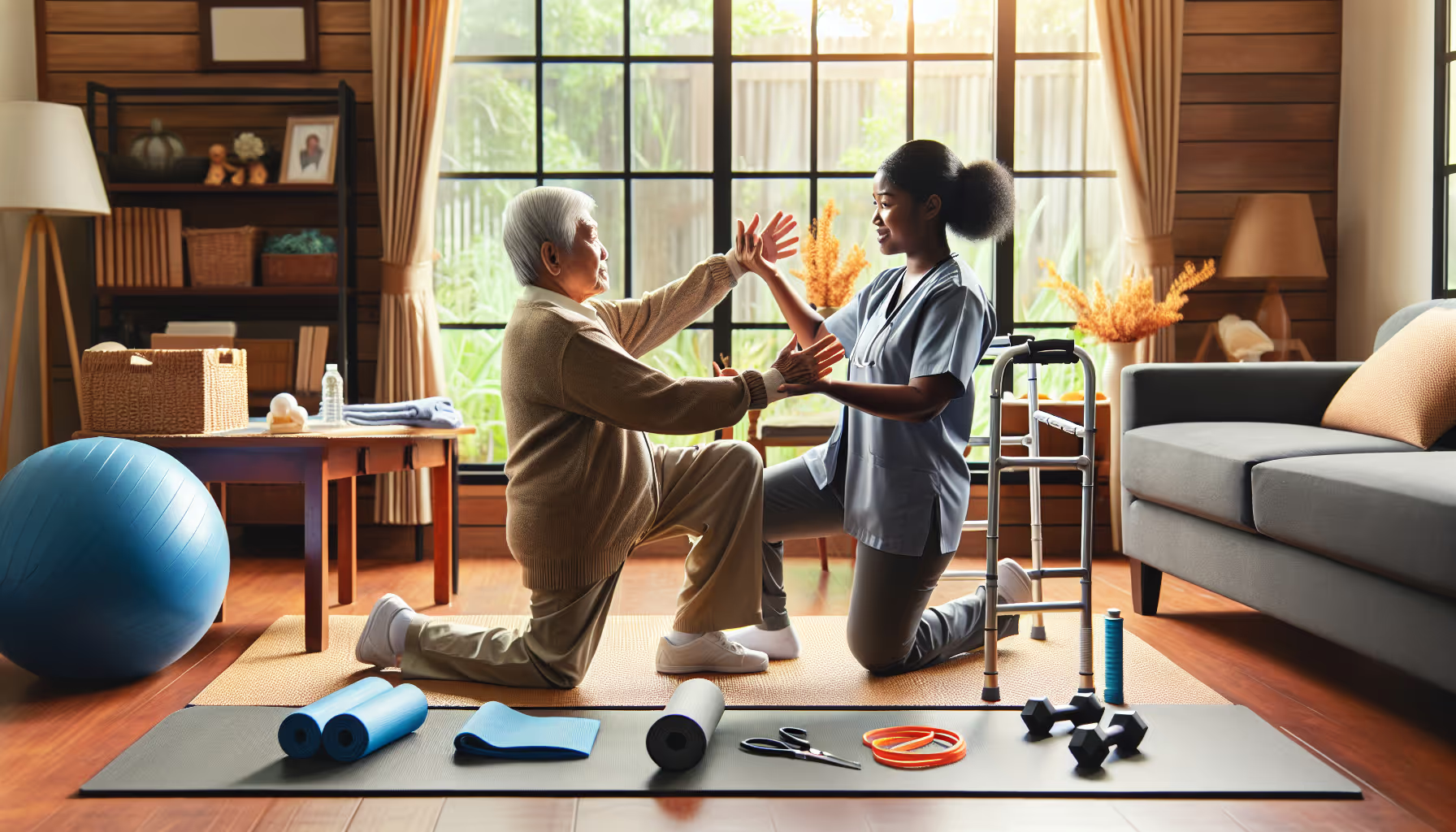
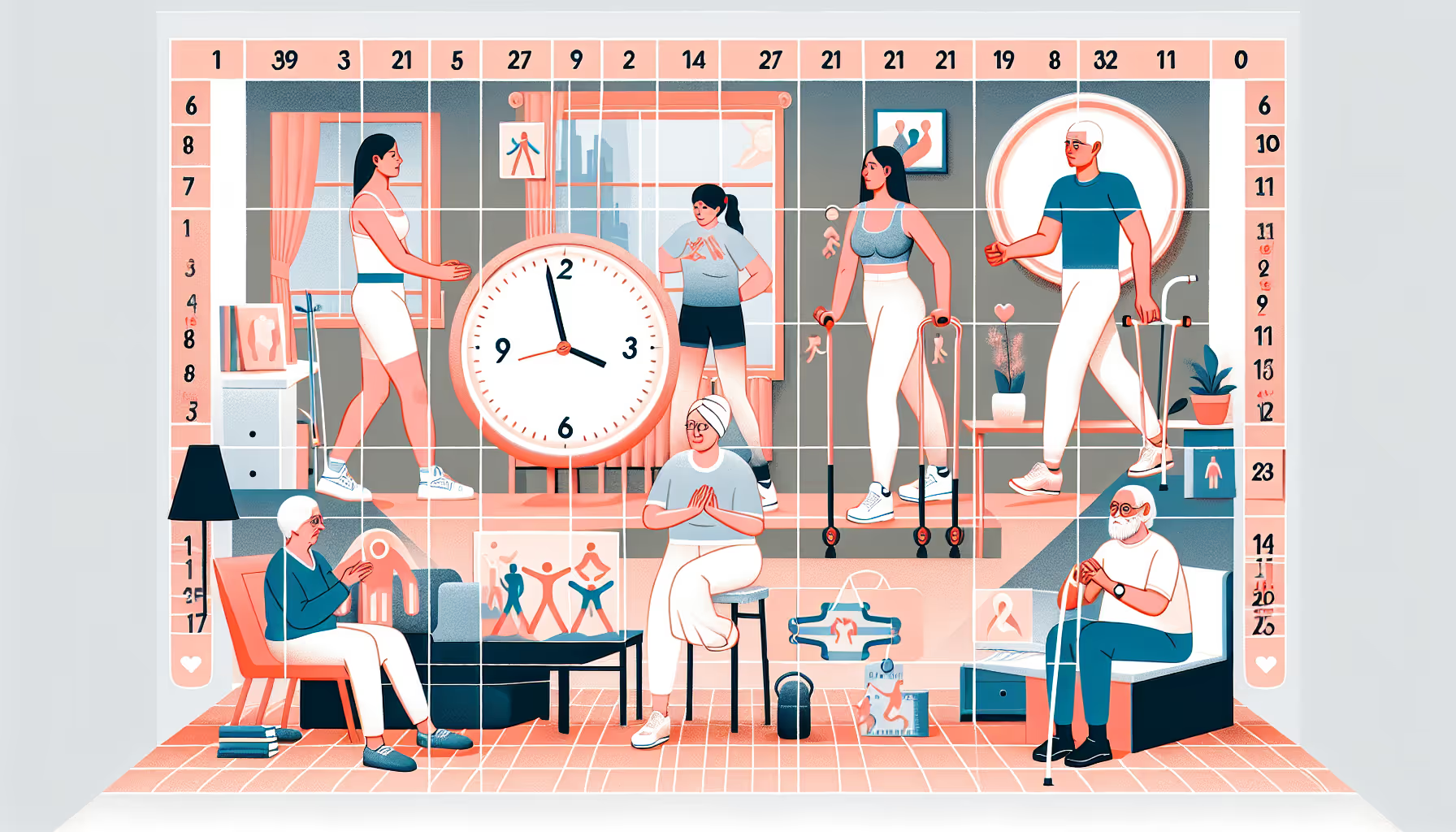
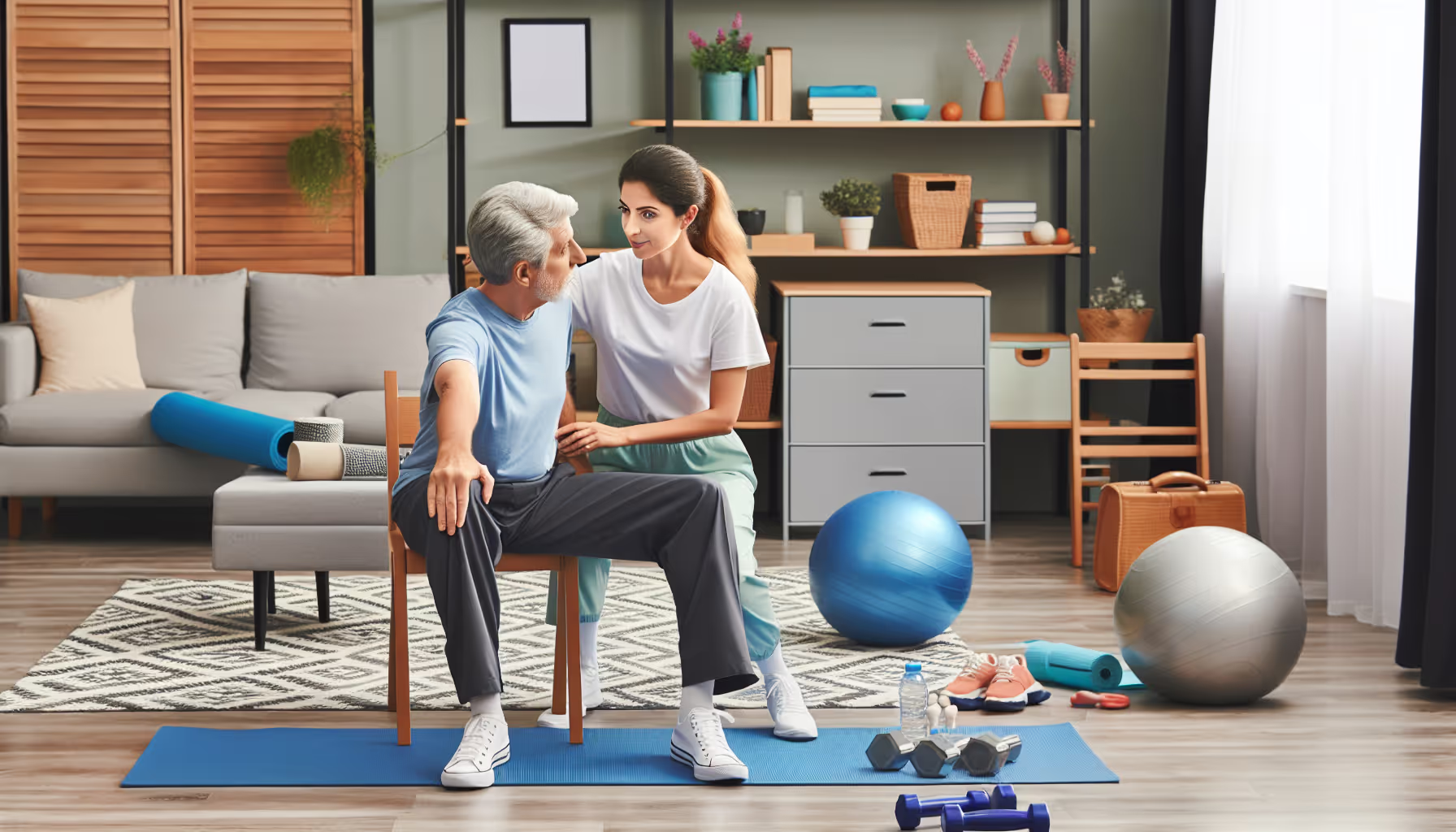
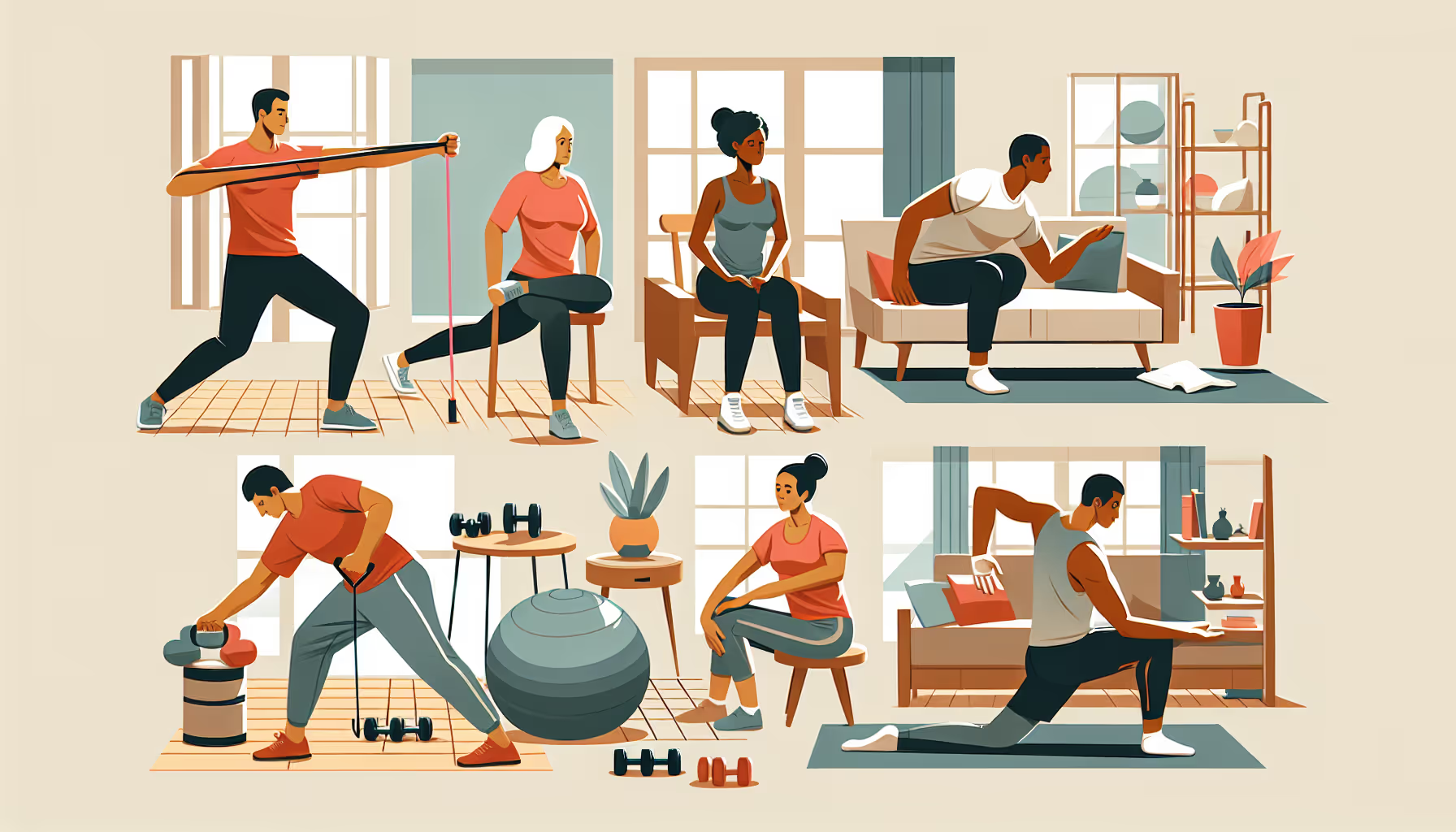
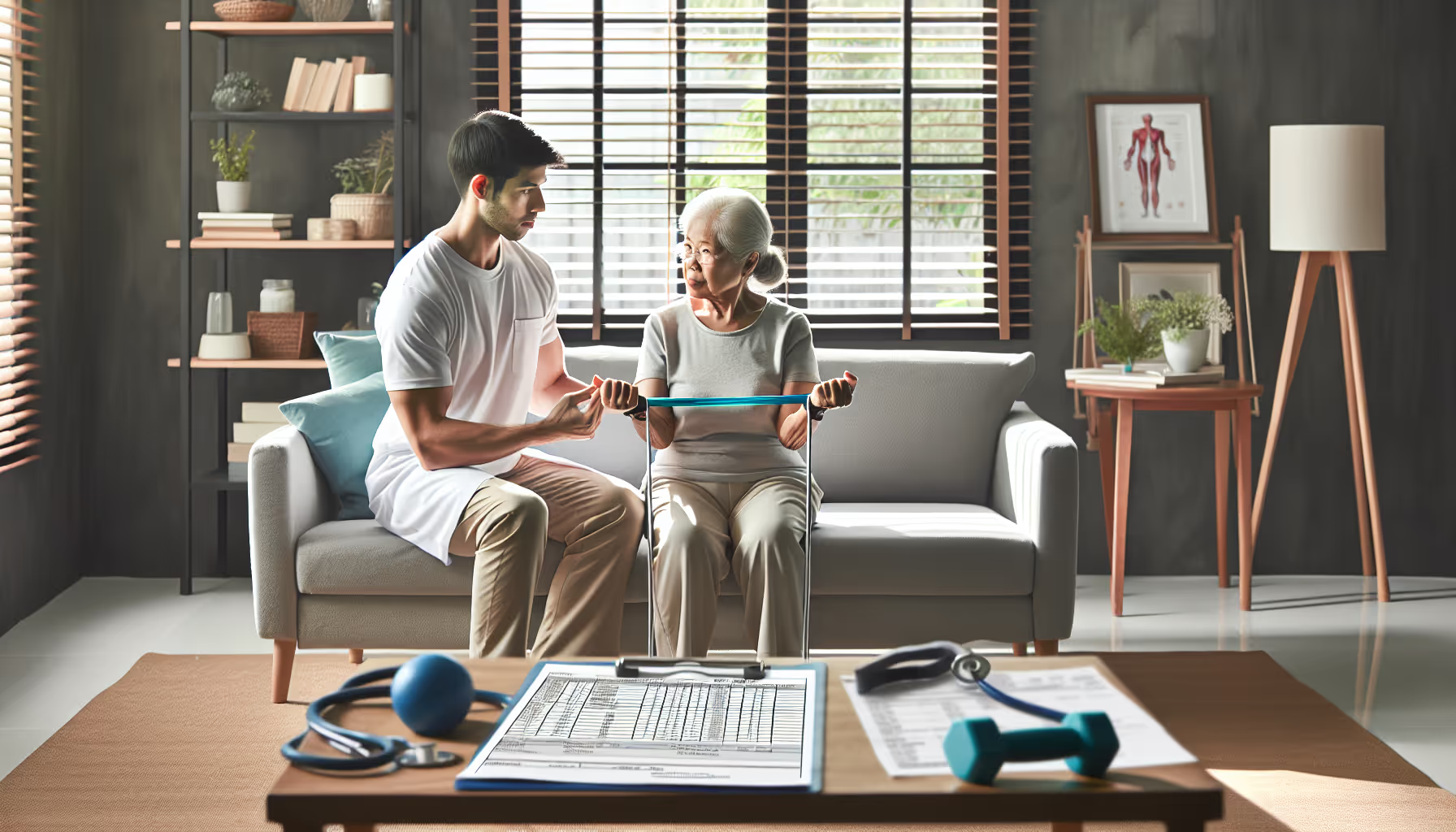
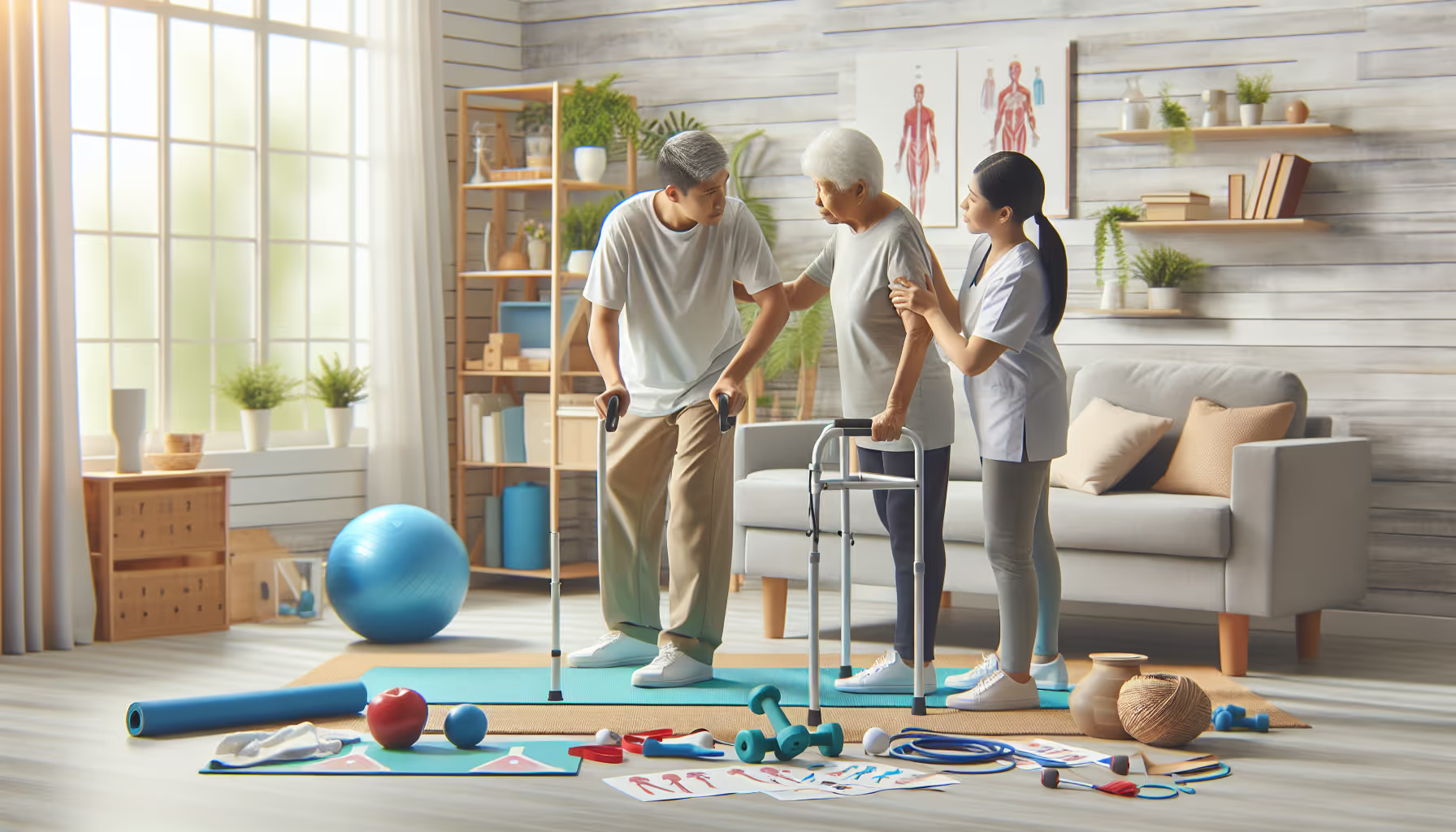

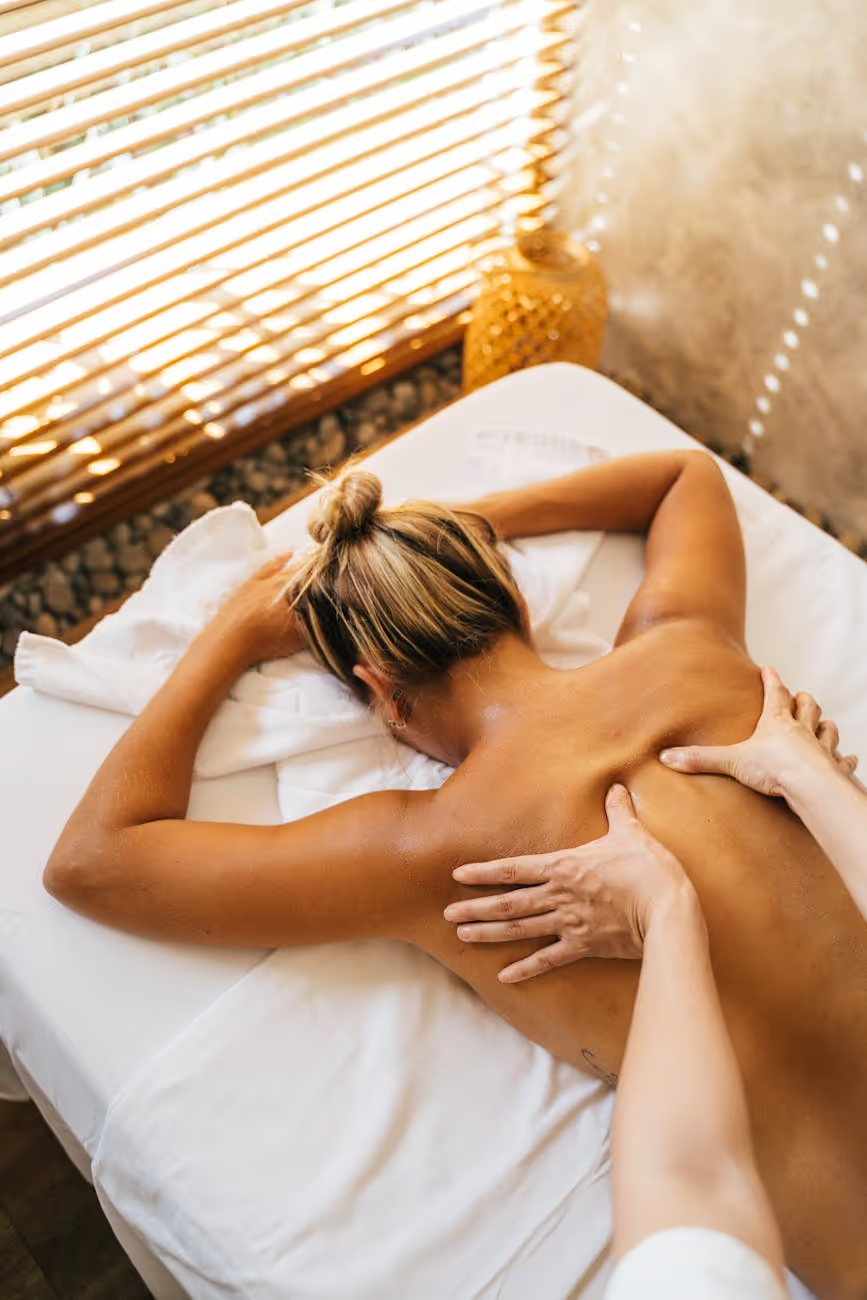
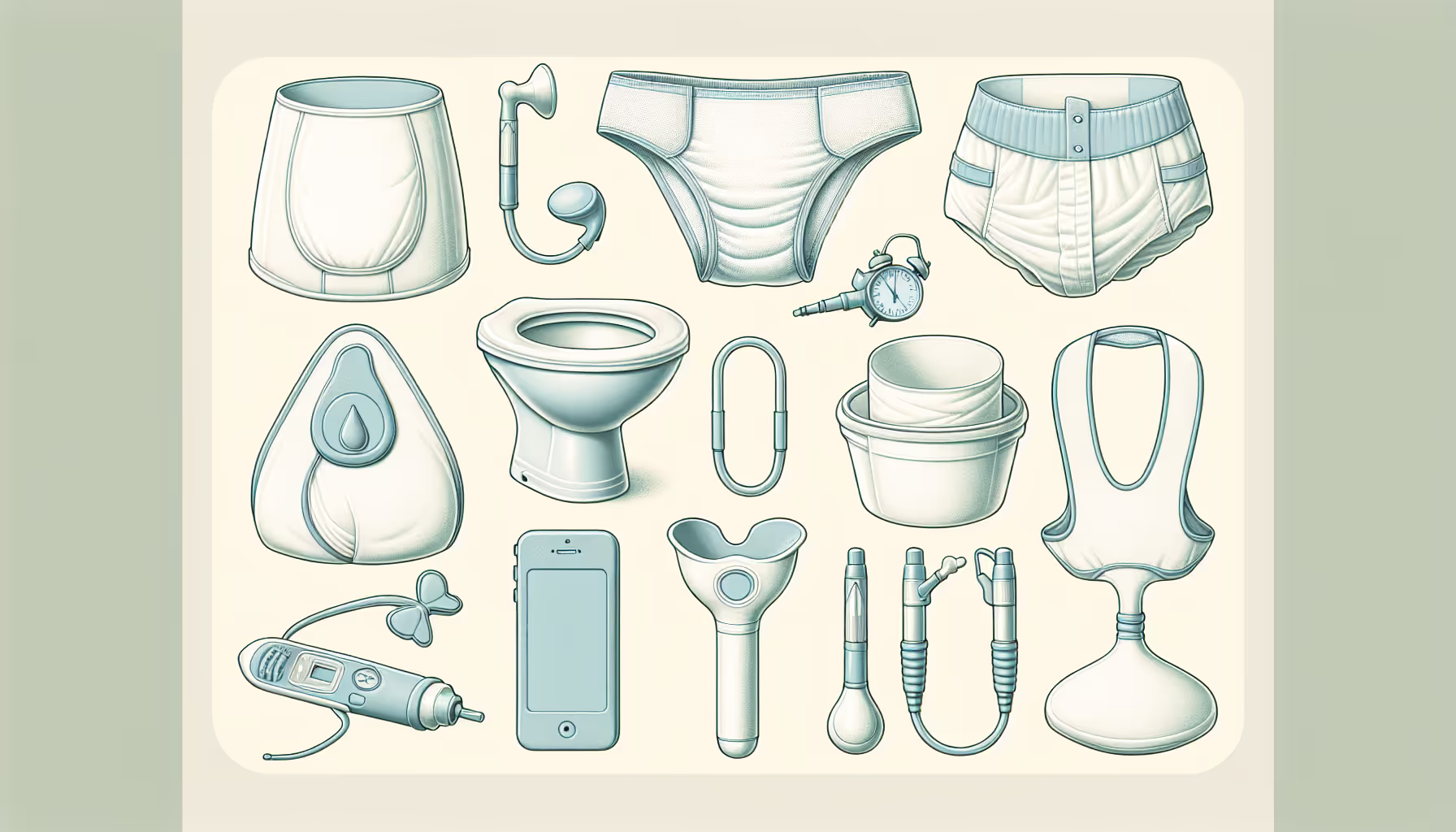

.avif)


